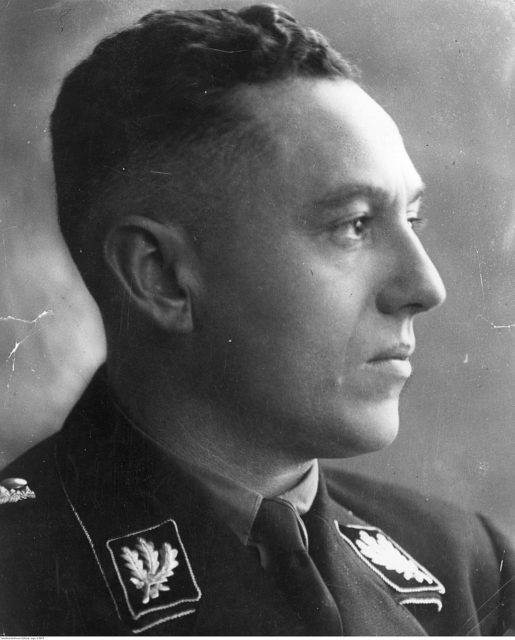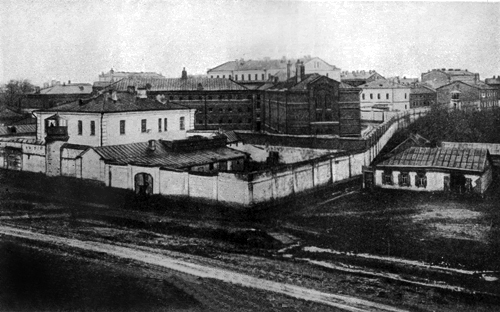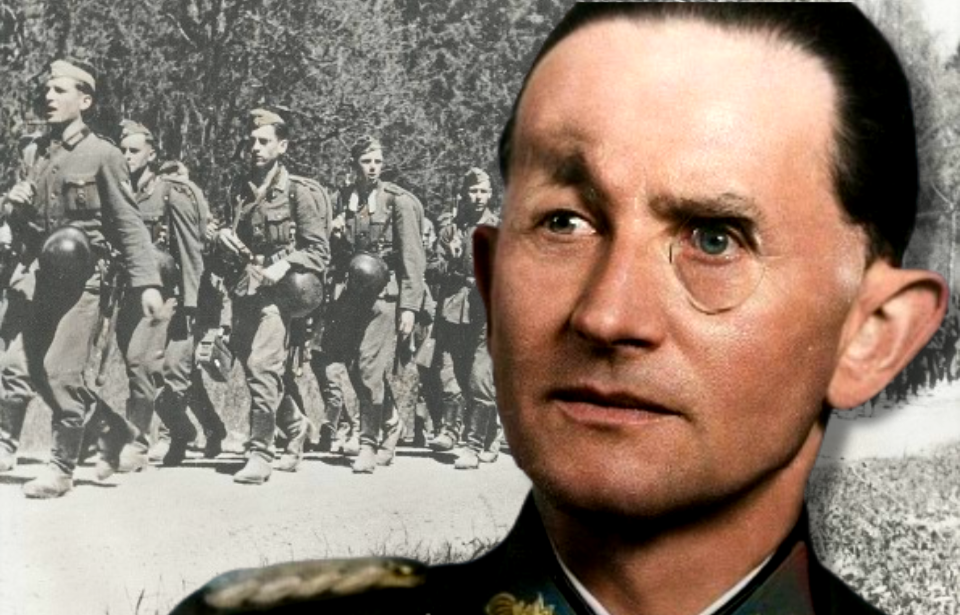Dietrich von Saucken brought his cavalry sword to a meeting

In the harsh winter of 1945, as Nazi Germany teetered on the edge of collapse, most of its military leaders had accepted the grim reality of imminent defeat—everyone, that is, except the Führer. General Dietrich von Saucken had already risked his career by speaking that truth aloud, a move that led to his brief dismissal. Yet with the situation growing desperate and experienced commanders in short supply, he was reinstated just weeks later.
A proud East Prussian and career officer, von Saucken had earned honors in both World Wars. In February 1945, he was summoned to the Führer’s underground headquarters and given a near-impossible task: to hold East Prussia against the advancing Red Army forces. Though the assignment came with little hope of success, it was a reflection of von Saucken’s reputation as a capable and principled leader.
When he arrived to accept the order, von Saucken made a bold choice—he wore his traditional cavalry saber, a clear gesture of defiance and honor. Despite the Führer’s strict rule banning such symbols in his presence, the Führer said nothing, either failing to notice or choosing not to confront the general’s quiet act of resistance.
Pushing his luck with the Führer

Witnesses to this “historic” encounter report that not only did Dietrich von Saucken flaunt attire likely to provoke the Führer, but his manner of speaking dripped with disdain, another transgression that could’ve led to his imprisonment in a forced labor camp, or worse. Men had faced execution for lesser offenses.
Initially, he delivered a military salute to the German leader, not the customary one demanded of those around him. Remarkably, the Führer, once again, appeared oblivious.
When he insisted that East Prussia must be defended and added that von Saucken would report to local loyalist Gauleiter Albert Forster, the general abandoned all pretense of heeding these directives. The notion that he would answer to a low-ranking, local and anonymous figure incensed von Saucken, prompting him to slam his hand onto the table between him and the Führer. Only then did he finally command the German leader’s undivided attention.
“I have no intention of taking orders from a Gauleiter,” von Saucken declared.
At this point, it seemed the general had reached a state of indifference regarding the repercussions his statements might elicit. He brazenly disregarded the Führer‘s directive and addressed him as “Herr,” instead of the expected honorific “Mein,” which citizens were mandated to use when referring to him.
The entire room sat in stunned silence, waiting to see how the German leader would react. To everyone’s surprise, he simply responded, “Alright, Saucken, have command of it yourself.”
Dietrich von Saucken becomes a prisoner of the Red Army

Dietrich von Saucken stayed loyal to his troops until the final days of World War II. Though he had several chances to flee, he remained steadfast, dedicating himself to evacuating the wounded. This choice eventually resulted in his capture by Soviet forces, and he endured the next 10 years in a prison camp.
When he was finally freed, the toll of brutal treatment had left him physically broken, confining him to a wheelchair for the rest of his life. He later moved to Bavaria, where he lived quietly, finding solace in painting.
His story raises a compelling question: What if more military leaders had refused to obey orders they knew were unjust? Could such defiance have changed the course of history, preventing some of its darkest chapters? While we may never have a definitive answer, one truth stands out—defying a bully takes extraordinary bravery, and though challenging, it can leave a powerful and lasting legacy.
